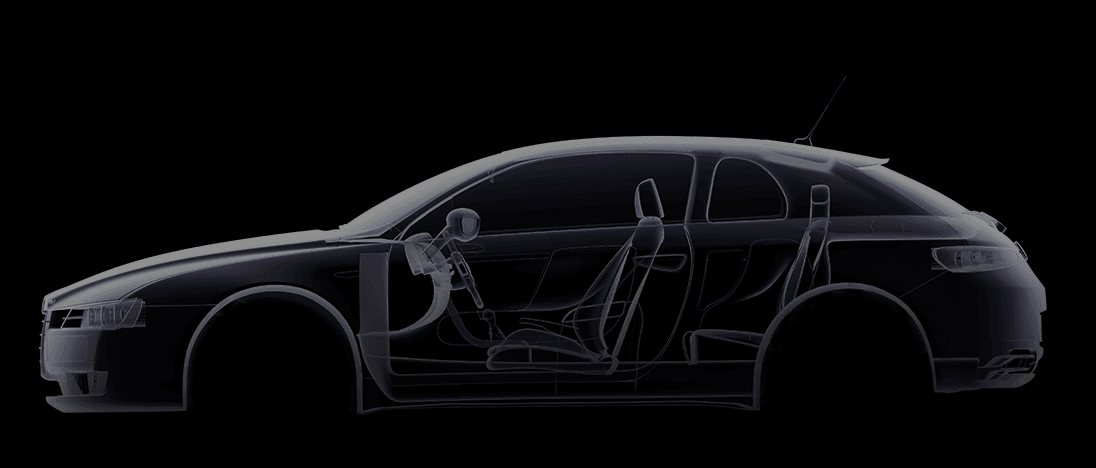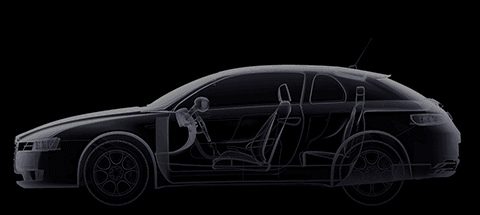RESEARCH & DEVELOPMENT
Three Key Research Areas
Fast-moving cars instantly detect the surrounding environment and reflexively decide upon the next action to take. Here at MIRISE we are conducting the R&D of semiconductors to efficiently control the energy that moves these vehicles, which will contribute significantly to the mobility society of the future.
Power Electronics
Power electronics that control energy supply in electric vehicles
High Temperature Chemical Vapor Deposition(HTCVD)
We are researching HTCVD that grows crystals rapidly compared to conventional methods to ensure a stable supply of SiC wafers and lower the carbon footprint of the manufacturing process.
SiC Power Devices
Responding to the continued evolution of mobility in the future, we are pursuing the evolution of SiC devices.
Ga-based Power Devices
We are developing Ga-based devices (GaN, Ga203) that are expected to outperform SiC.
Diamond Power Devices
Our current focus is on researching diamond power devices, which are anticipated to deliver the highest performance in the history of semiconductors, ultimately leading to superior mobility.
Photo by Orbray Co., Ltd.
Power Modules and Circuits
To achieve optimal performance of power devices in harsh mobility operating environments, we aim to create compact power modules with high performance.
Systems
We are engaged in the R&D development of systems that fully exploit the performance of power devices and are optimized for mobility.
Sensors
Peripheral Monitoring Sensors
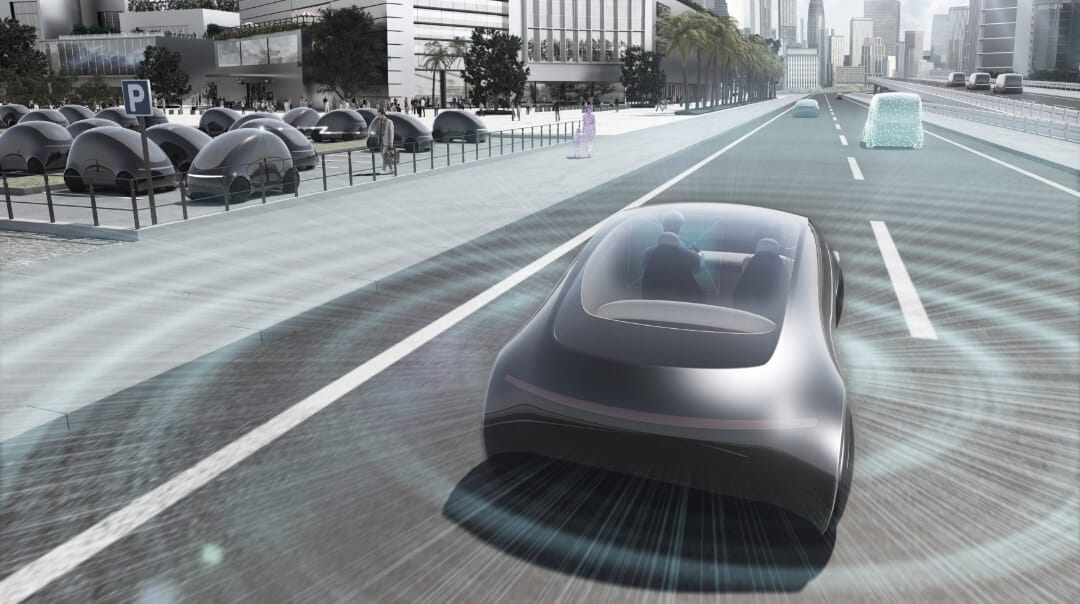
We are developing sensors that use light, radio waves, and ultrasonic waves to identify people and objects around the vehicle and sensors that measure acceleration and angular velocity to track the vehicle's location.
Occupant Monitoring
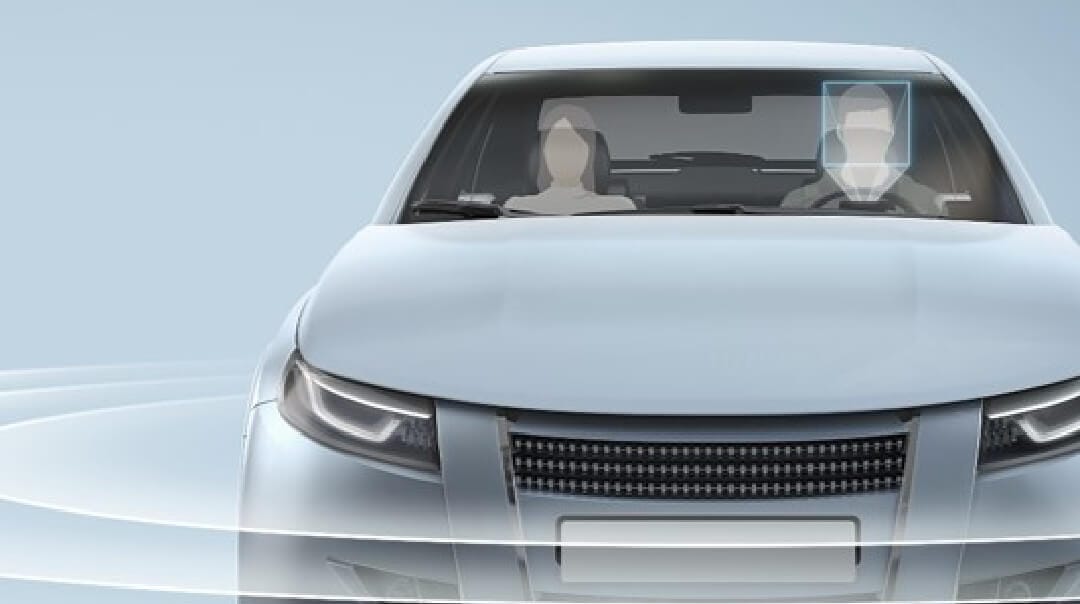
We aim to create a mobility experience that is both safe and comfortable by effectively sensing and monitoring the condition of individuals inside the vehicle.
LiDAR technology
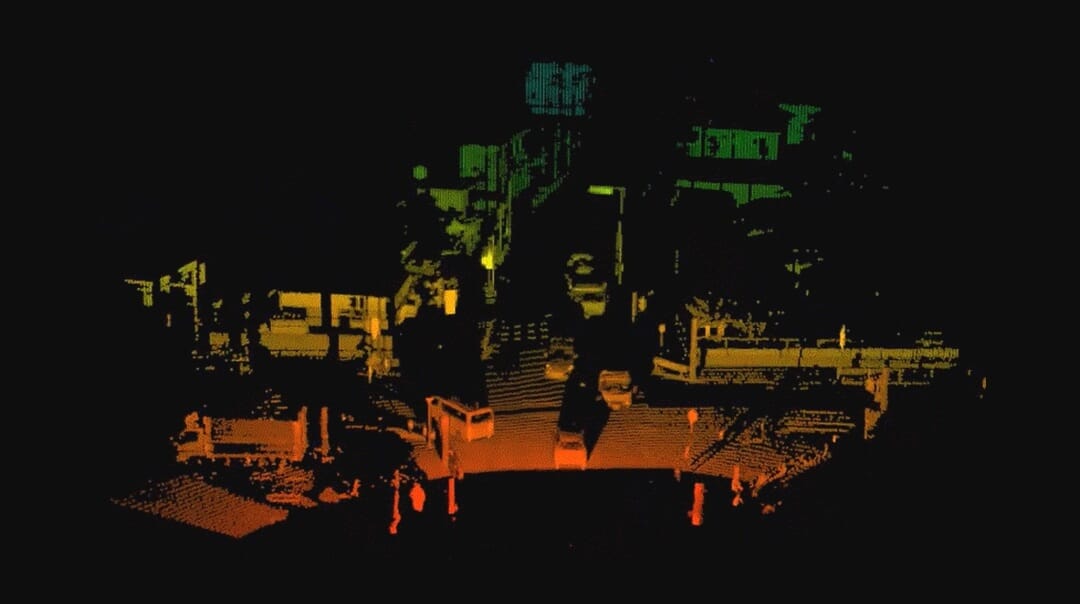
The newly developed SPAD photodetector provides high-definition detection of laser light reflected from objects that provides high-resolution distance information. It can also take in background light like a camera, contributing to high-level environmental awareness.
Additionally, we are working on R&D of the next generation of LiDAR.
*Part of this technology was developed with the commissioning and grants of the New Energy and Industrial Technology Development Organization (NEDO).
Millimeter-Wave Radar Technology
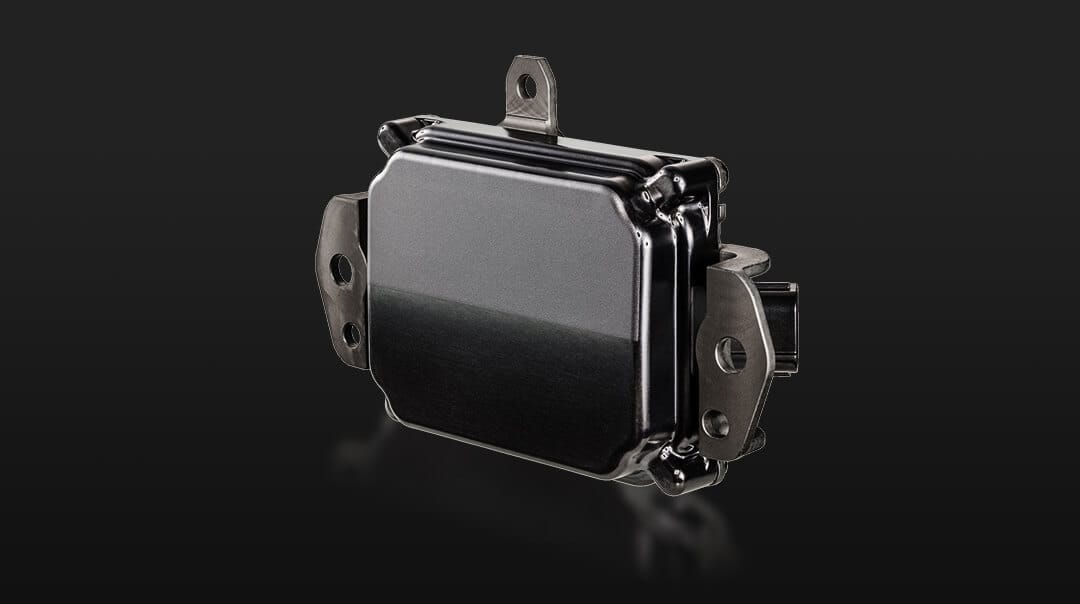
This radar technology operates on radio waves and remains unaffected by weather conditions. We are conducting ongoing research to enhance its resolution capabilities.
Human Condition Sensors
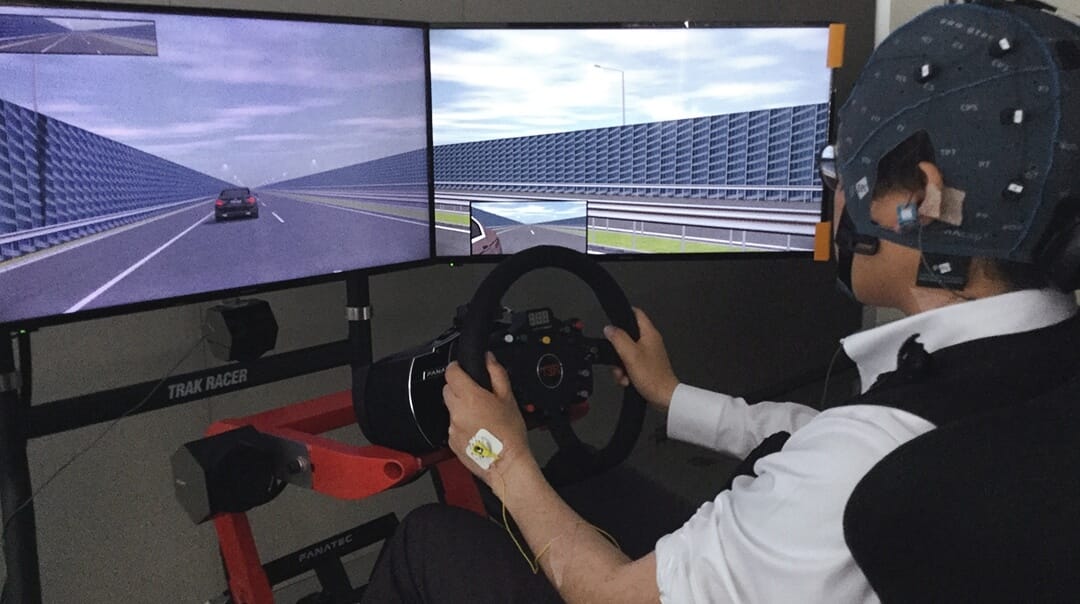
Our research focuses on combining multiple sensors to develop technologies to detect the state of people that were previously difficult to perceive.
System on Chip (SoC)
Advanced conventional systems, automated driving, and communication functions
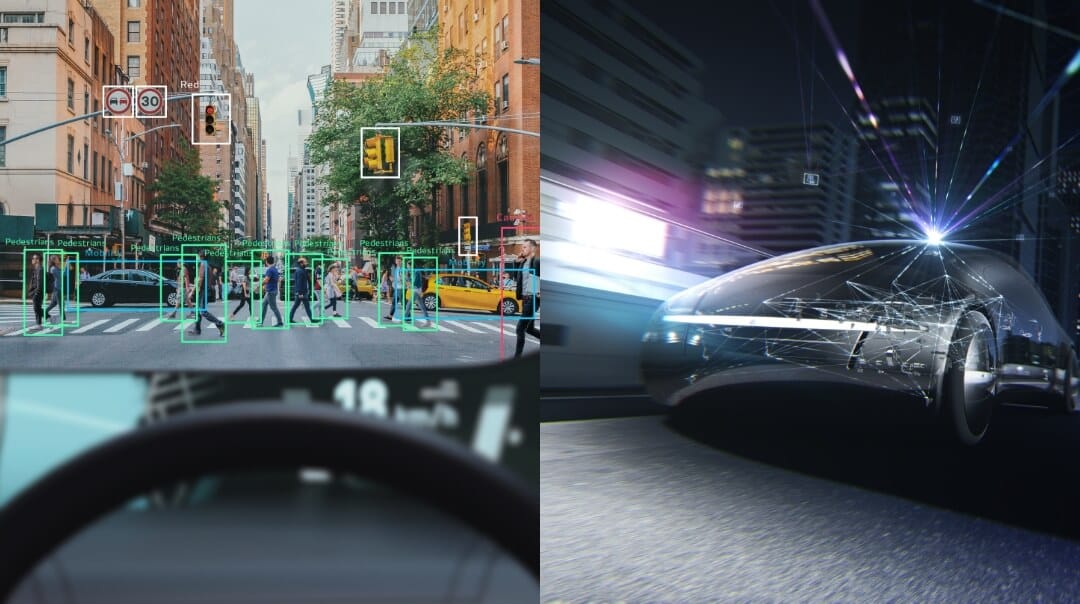
SoCs, the intelligence behind mobility, are required further evolution.
Schematic Image of a SoC
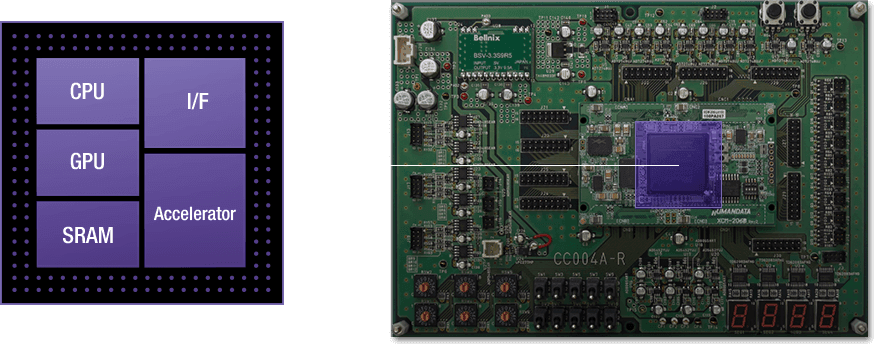
Working closely with other companies to promote semiconductor development and create a hopeful mobility society for the next generation
In order to develop the next generation of in-vehicle semiconductors as quickly as possible, we believe it is important to form strong partnerships with automotive manufacturers, mobility service providers, startup companies, semiconductor companies, and universities and research institutions.
MIRISE Technologies will be at the heart of these partnerships, and will contribute to the development of mobility through direct collaboration with global stakeholders.
We are also actively recruiting semiconductor technicians. For more information, please see the respective recruitment sites at the bottom of the page.
